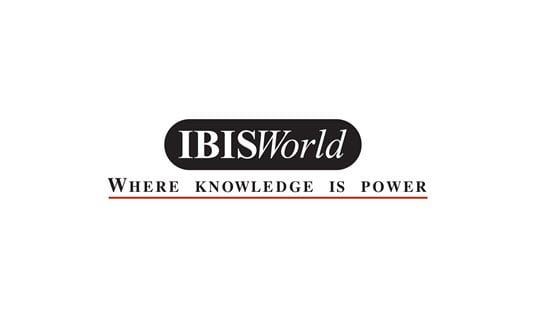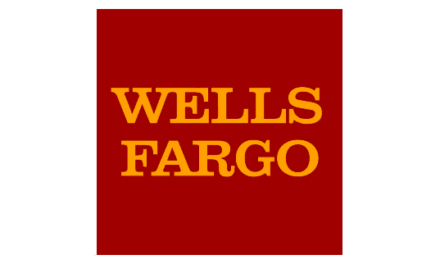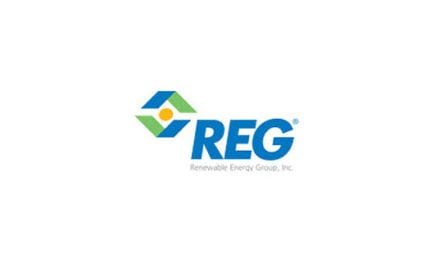The Gasoline and Petroleum Wholesaling industry grew strongly during the five years to 2014, though this growth is mostly attributed to recovered losses since the recession. The global recession and consequent declines in sales volume, along with heavily reduced prices, hurt revenue during that time. Overall, consumption and improvements in vehicle fuel efficiency have stagnated over the past five years. Crude oil price growth has also moderated following two years of strong growth after the recession. Rising domestic oil production and slowing demand from emerging economies have contributed to poor price growth. The world price of crude oil declined 0.9% in 2013 and is anticipated to fall another 3.8% in 2014. As a result, industry revenue is expected to fall 5.5% in 2014. Nevertheless, IBISWorld expects revenue to grow at an average annual rate of 10.8% to $284.1 billion in the five years to 2014, due to the recovery from recession lows.
According to IBISWorld Industry Analyst David Yang, “In terms of industry operations, industry players generate profit from purchasing crude oil and selling it to retail outlets.” Therefore, the price of retail gasoline and crude oil strongly influence profit. Retail gasoline prices are a function of domestic demand for fuel, which may differ from the global supply and demand for fuel. There is typically a lag between crude oil prices and retail gasoline prices, which has led to falling profit margins over the past five years. Profit increased in 2009 because oil prices sharply declined, even though retail petroleum prices remained comparatively more stable. Since then, retail prices have matched crude oil price trends, cutting into profit margins for the industry.
Looking ahead, petroleum product prices are projected to increase over the next five years, as the global economy gains steam and demand for fuel expands worldwide. “Despite a slowdown in volume demand from US gasoline stations, as consumers switch to more fuel-efficient vehicles and prices stay elevated, revenue will increase in the five years to 2019,” says Yang. Nevertheless, negative long-term trends will continue to plague the industry as players slowly exit due to thin profit margins. Gaps between changes in crude oil prices and US retail fuel demand are expected to limit profit and drive companies out of the industry.
For more information, visit IBISWorld.
Follow IBISWorld on Twitter: https://twitter.com/#!/IBISWorld.
Friend IBISWorld on Facebook: http://www.facebook.com/pages/IBISWorld/121347533189.









